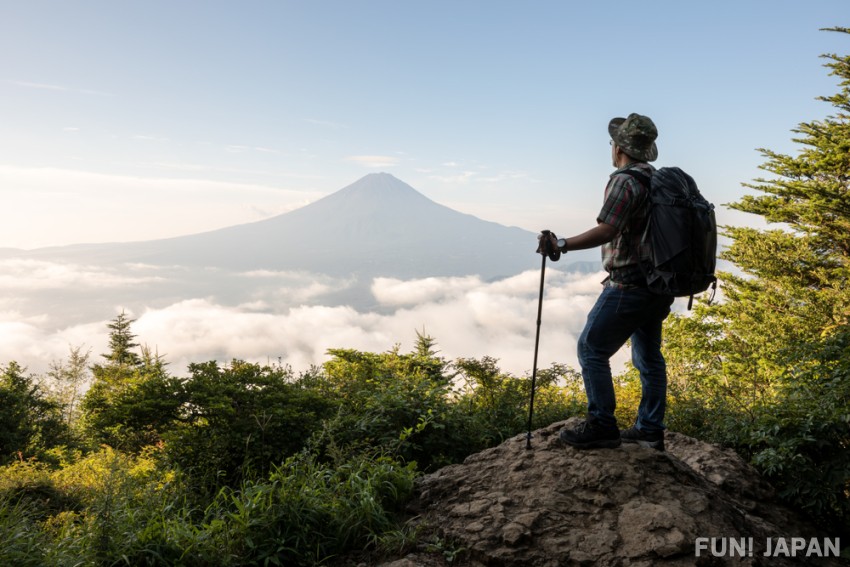
Boasting the highest height in Japan, Mount Fuji is a scenic spot that captivates many climbers. In this article, we will introduce useful information for enjoying climbing Mount Fuji even for the first time, recommended climbing routes, how to reserve mountain huts, necessary equipment, etc. in detail. We also cover the preparations before climbing and points to note during climbing that you want to know. Please use it as a guide to enjoy your journey to the summit of Mount Fuji more safely and comfortably.
About climbing Mount Fuji: When is the Mount Fuji season? What is the budget?
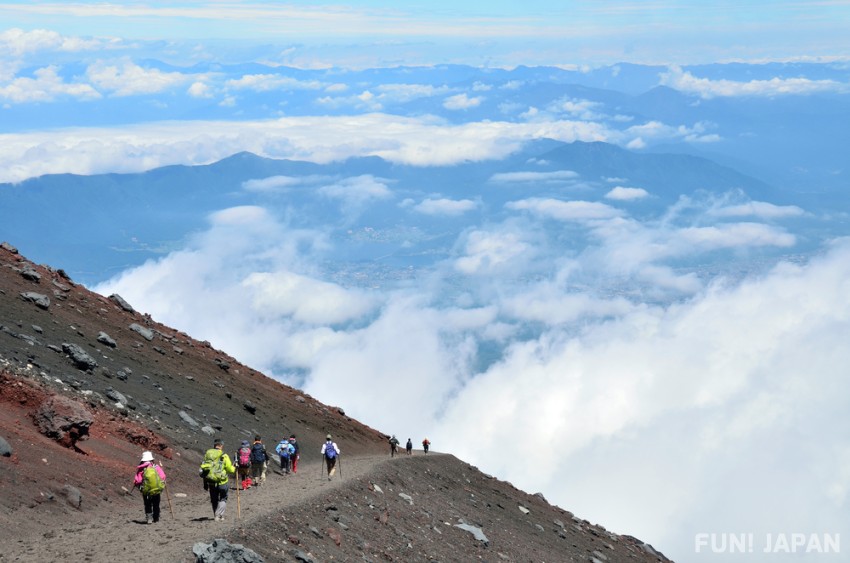
Standing at an elevation of 3,776m, Mount Fuji is the highest mountain in Japan and is located on the border of Shizuoka and Yamanashi prefectures. The climbing season for Mount Fuji is from early July to early September each year. During this period, the snow on the summit melts and the climbing trails are safely maintained, attracting many climbers. The opening period varies depending on the climbing trail, so it is recommended to check the latest information on the official Mount Fuji climbing website, especially in the first half of July when planning to climb. After September, you can see the beautiful appearance of Mount Fuji covered in snow, but climbing in the snow is very dangerous, so it is recommended to refrain from climbing when it is snowing.
In addition to climbing, it is also famous for enjoying the sunrise at the summit. The sunrise can be seen from around 4:30 to 5:30 in the early morning. Also, the recent trend of "bullet climbing", where you climb and descend the mountain in one day without staying overnight, is dangerous, so avoid it. Let's plan well to enjoy safe and comfortable climbing.
As for the budget for climbing Mount Fuji, the round-trip transportation cost from Tokyo and the accommodation cost at the mountain hut is about 20,000 yen, and the preparation of equipment and food and drink is about 15,000 to 20,000 yen, so the total is about 40,000 yen.
Introducing the four Mount Fuji climbing routes. Which climbing route is suitable for you?
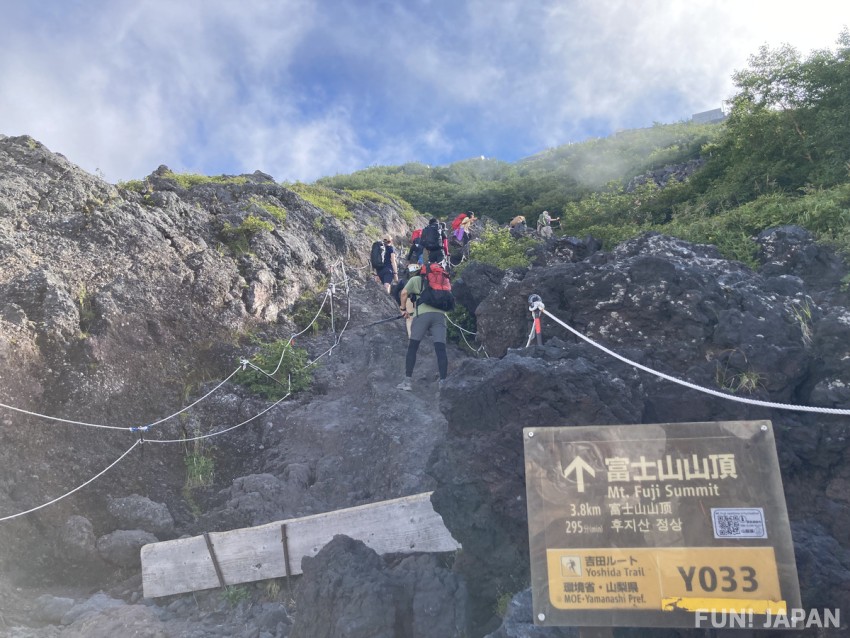
There are four main climbing routes on Mount Fuji, each with different trails and characteristics. Here, we introduce the details of each route and the appropriate climbing route depending on the type of climber.
Mount Fuji Climbing Routes
| Route Name | Yoshida Route | Fujinomiya Route | Subashiri Route | Gotemba Route |
| Location | On the Yamanashi side | On the Shizuoka side | On the Shizuoka side | On the Shizuoka side |
| Trailhead | Fuji Subaru Line 5th Station | Fujinomiya 5th Station | Subashiri 5th Station | Gotemba New 5th Station |
| Time Required for Ascent | About 6 hours | About 5 hours | About 6 hours | About 7 hours |
| Time Required for Descent | About 4 hours | About 3 hours | About 3 hours | About 3 hours |
| Difficulty | Intermediate | Intermediate | Intermediate | Advanced |
| Type of Climber | Beginners, those who prioritize sightseeing | Those who want to save time | Those who want to avoid crowds a bit | Advanced climbers, those who are confident in their physical strength |
| Characteristics | The most popular route. Almost flat up to the 6th station. Some rocky areas above the 7th station. | Relatively many mountain huts. The shortest distance. Overall, there are many rocky areas. The ascent and descent routes are the same throughout. | Relatively gentle slope and terrain within the forest belt up to near the 7th station. Rocky areas above the 8th station. | The longest distance. Gentle volcanic gravel path up to near the 8th station. Overall, there are few mountain huts. |
| Sunrise from the Trail | Visible from above the 5th station. | Depending on the location, it appears to rise from the ridge of Mount Fuji. | Visible from anywhere once out of the forest belt. | Visible from almost anywhere. |
What are the climbing rules to be implemented from 2024?
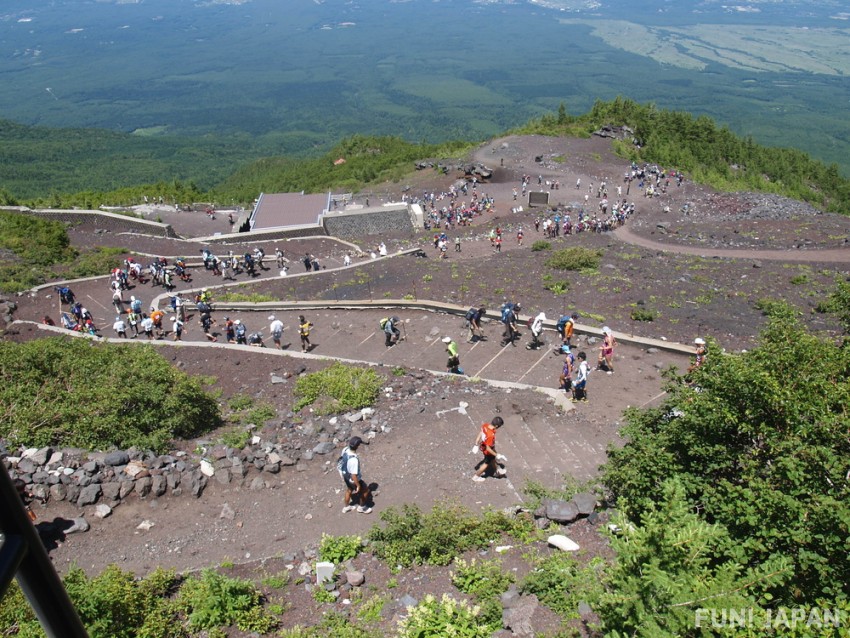
From 2024, traffic regulations will be implemented on each climbing route to safely climb Mount Fuji.
For the Yoshida route in Yamanashi Prefecture, unless you have a reservation at a mountain hut, you will need to make a passage reservation through an online reservation system. You can climb without a reservation at a mountain hut, but if the number of people exceeds 4,000 in a day or between 16:00 and 3:00 the next day, you will not be able to pass from the fifth station towards the summit. Also, if you use the passage reservation for the Yoshida route in Yamanashi Prefecture, you will need to prepay a passage fee of 2,000 yen. You can also optionally pay a Mount Fuji conservation cooperation fee of 1,000 yen.
The regulations for passage vary depending on the climbing route, so please check the official website below for details.
About the passage regulations for climbing Mount Fuji
- English:https://www.fujisan-climb.jp/en/for-every-climber.html
- Japanese:https://www.fujisan-climb.jp/for-every-climber.html
Passage Reservation System: Yamanashi Prefecture Yoshida Route
- English: https://fujisan-climb.jp/en/news/240513_yoshida_trail_reservation_en.html
- Japanese: https://www.fujisan-climb.jp/info/20240510_yoshida_trail_reservation.html
Passage Reservation System: Shizuoka Prefecture Subashiri Route, Gotemba Route, Fujinomiya Route
- English: https://www.kkday.com/en-us/product/173225
- Japanese: https://www.kkday.com/ja/product/173225
About the schedule for climbing Mount Fuji
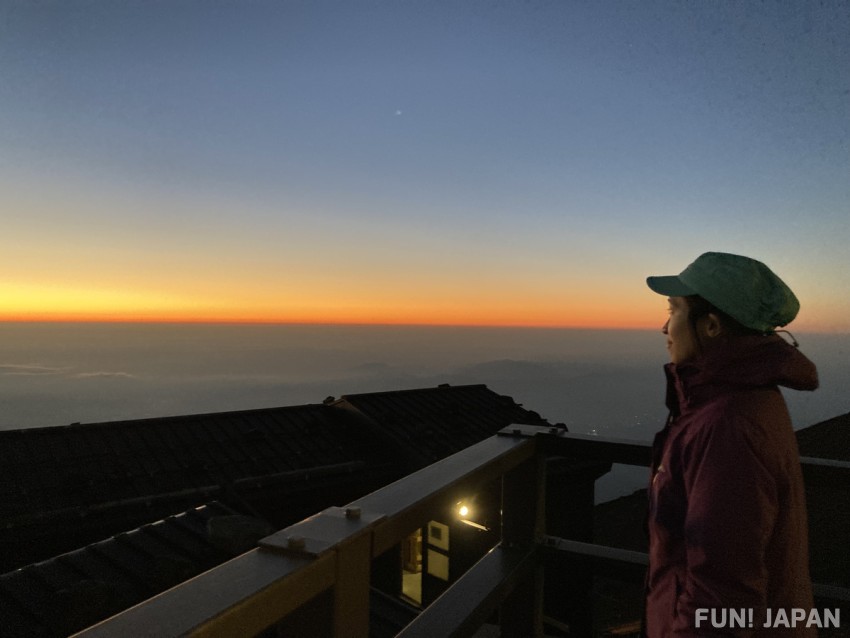
The usual mountain climbing plan typically follows the schedule below.
- Start climbing the mountain in the morning to around noon on the first day
- Arrive at the mountain hut by evening, eat dinner and rest there (overnight stay)
- Depart from the mountain hut in the middle of the night and resume climbing
- Enjoy the sunrise and sightseeing around the summit in the early morning
The mountain climbing schedule varies depending on the climbing route and the location of the mountain hut you plan to stay at. For example, on the Yoshida route, there are many mountain huts, so you can plan relatively freely. However, on the Gotemba route, the climbing distance is long, so you need to proceed with a plan.
Also, if you aim to see the sunrise at the summit of Mount Fuji, if you stay at a mountain hut at the 8th station, you should climb the mountain as much as possible during the daylight, rest at night, and depart for the summit again in the middle of the night. However, if you stay at a mountain hut at the 7th station, the distance from the accommodation to the summit is longer, so the proportion of climbing at night increases. It would be better to depart from the mountain hut earlier than climbers who stay at the 8th station. Understanding the characteristics of each route before climbing and arranging a schedule that suits you is the key.
How to book mountain huts and climbing tours on Mount Fuji. Tips for booking from experienced climbers!
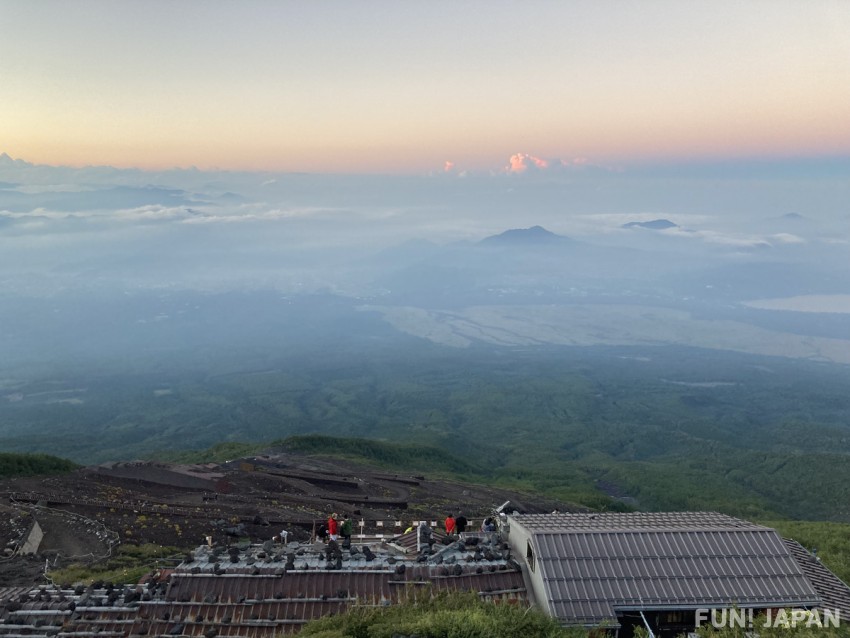
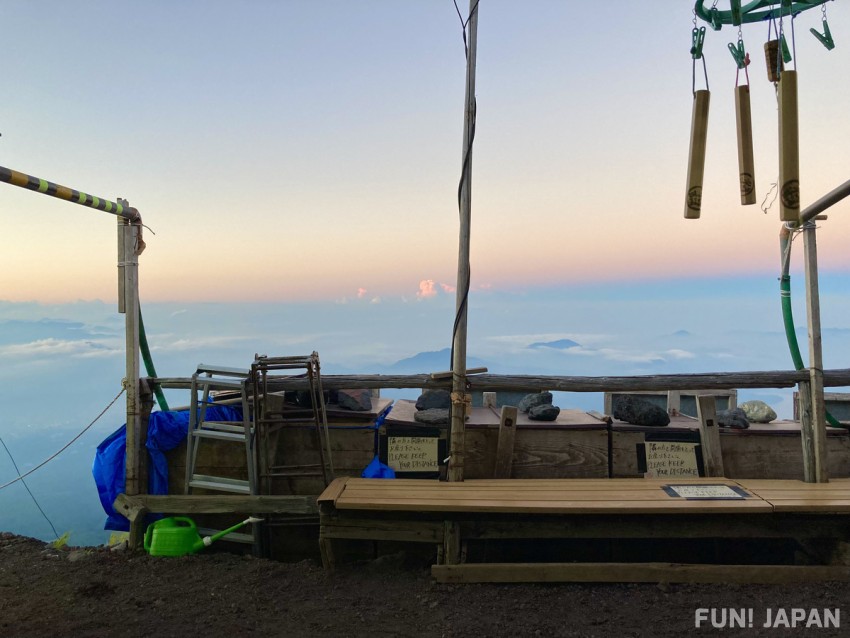
We recommend booking a tour package that includes accommodation in a mountain hut and round-trip transportation for Mount Fuji climbing. For foreign tourists, use travel agencies and climbing specialized sites that offer online booking services. Before making a reservation, it is recommended to carefully check the contents of the tour plan that suits your climbing plan and schedule. When making a reservation, you can complete the reservation by entering the necessary information in the reservation form from the website and proceeding with payment by credit card.
Tip ①: Points to note about the contents included in the climbing tour
- Round-trip transportation: Check if transportation such as buses and trains to the climbing entrance is included. This will eliminate your worries about access.
- Meals: Check if meals (dinner, breakfast) at the mountain hut are included. If not included, you will need to prepare it yourself.
- Choice of mountain hut: Check the location and facilities of the mountain hut where you will stay for one night. We recommend tours that include mountain huts above the 8th station.
- Use of hot springs after climbing: Some tours include the use of hot springs after climbing. It can refresh your tired body, so please consider using it.
Tip ②: Recommended booking timing for Mount Fuji climbing plan
The reservation period for mountain huts usually starts from April. Huts above the 8th station are very popular and often get fully booked early. By booking as early as possible, you can secure your desired hut. It is best to start booking a few months before the climbing season (July to September).
💡Personal Experience: I do not recommend huts below the 8th station. The reason is that if you stay in a hut below the 8th station, it takes a lot of time to reach the summit the next day, making it difficult to adjust the time to see the sunrise. By securing a hut above the 8th station, you can climb more efficiently.
Things to Know About Risks and Precautions During Climbing
Recommended Walking and Climbing Methods for Ascending and Descending
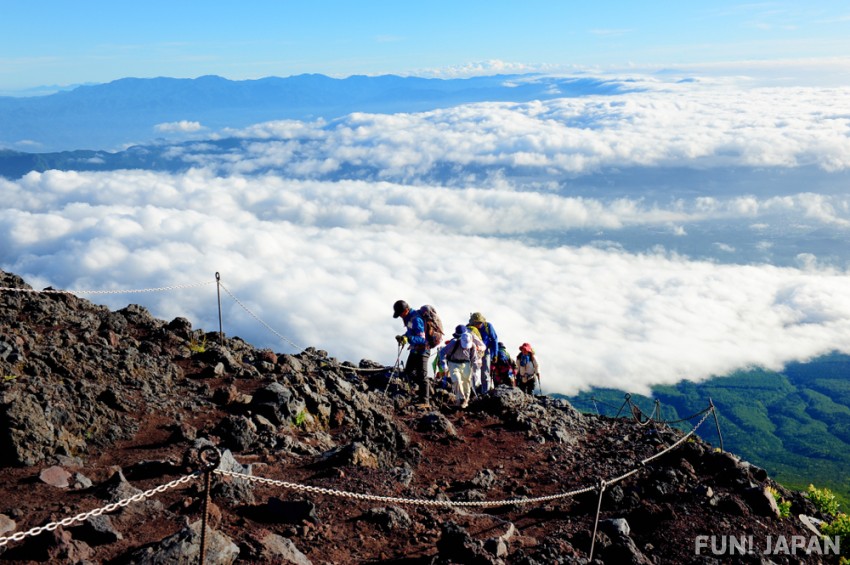
How to Walk When Climbing
- Maintain Your Pace: It's important to climb at your own pace without rushing. Sudden movements increase fatigue.
- Small Steps: By taking small steps and walking at a steady rhythm, you can reduce fatigue.
- Regulate Your Breathing: Try to take slow, deep breaths and make sure to take in plenty of oxygen.
How to Walk When Descending
- Use Your Knees Softly: To soften the impact, it's effective to walk with your knees slightly bent.
- Keep a Steady Stride: It's important to keep your stride steady and not to rush. Descending puts a particular strain on the knees, so descend at a slow pace.
- Be Careful Not to Fall: With many pebbles and rocks, walk carefully watching your step.
Health Management is Most Important
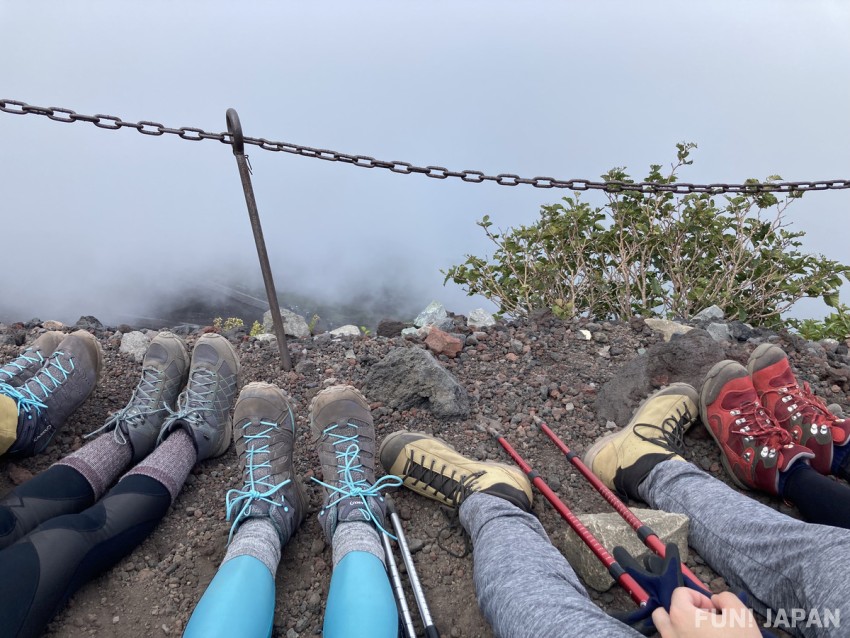
- Regular Breaks: Take regular breaks before you start to feel tired. It's important to rest your body without overdoing it.
- Hydration and Salt Intake: Drink water frequently in small amounts before you get thirsty. It is recommended to bring more than 1 liter of water. Also, bring snacks or sports drinks that contain salt to replenish the salt lost through sweat.
- Prevention and Measures for Altitude Sickness: Acclimatize to the altitude before climbing, and spending the day before the climb at a high altitude is effective. Bringing an oxygen canister can also be helpful. If you experience symptoms such as headaches, dizziness, or nausea, take a break immediately and consider descending if necessary.
Other Things to Be Aware Of
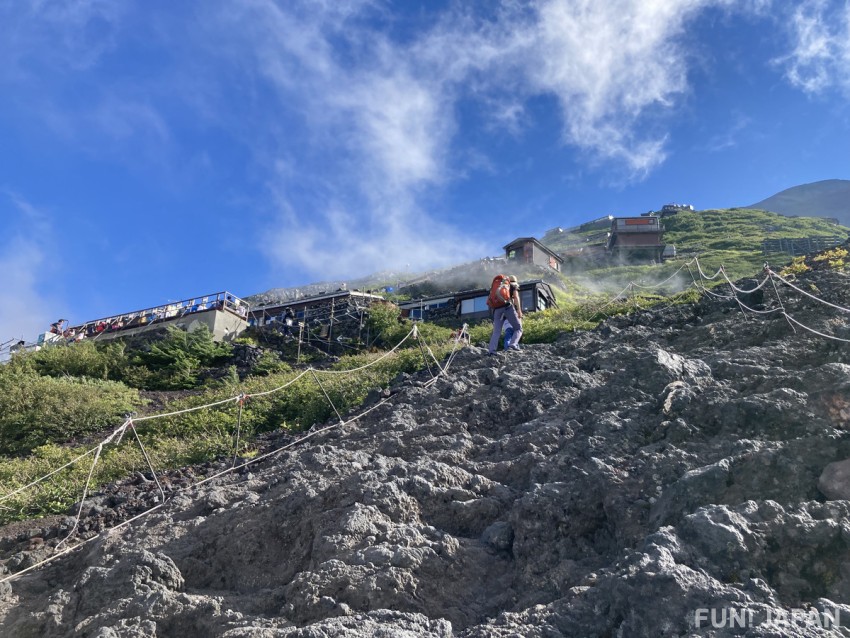
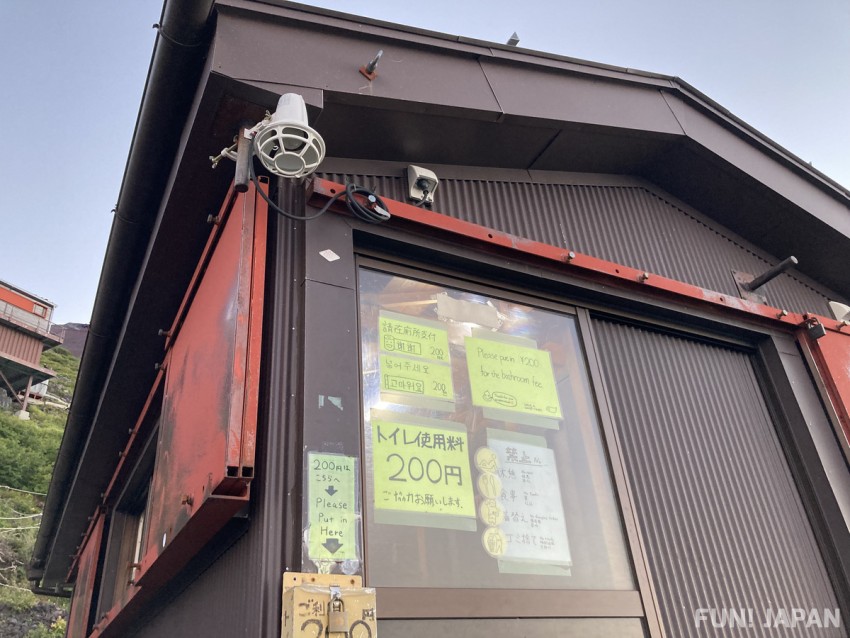
- Beware of Rocks and Falling Stones: Especially when climbing rocky areas, walk while carefully checking the footing in front of you. Also, be aware of the risk of falling stones on the mountain trails.
- Cold and Rain Measures: As the altitude increases, the temperature drops. Especially around sunrise, the wind is strong and it can get suddenly cold. Bring cold weather clothing and be fully prepared for the cold. Also, the weather on Mount Fuji can change quickly, so you need to be prepared for sudden rain and cold.
- Using the Toilet: The toilets installed in the mountain huts and on the climbing trails of Mount Fuji are charged. The usage fee is about 200 yen or 300 yen per use. Preparing coins in advance will allow you to use them smoothly.
Checklist for Clothing, Equipment, and Items to Bring
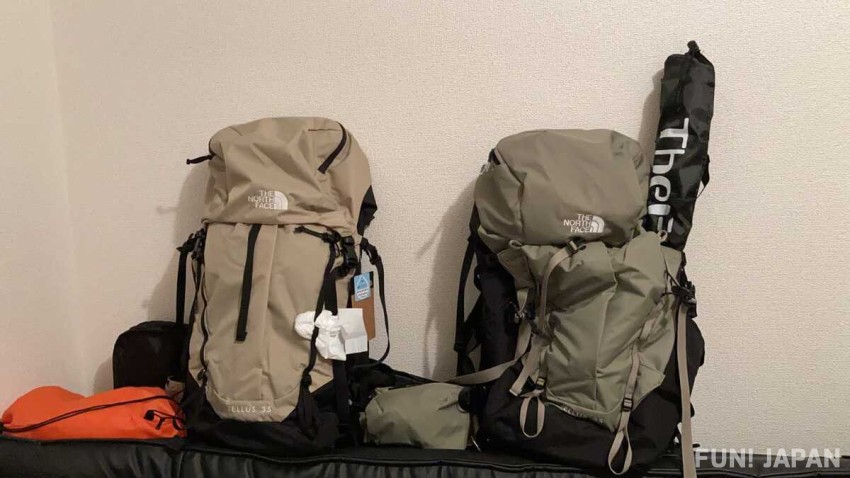
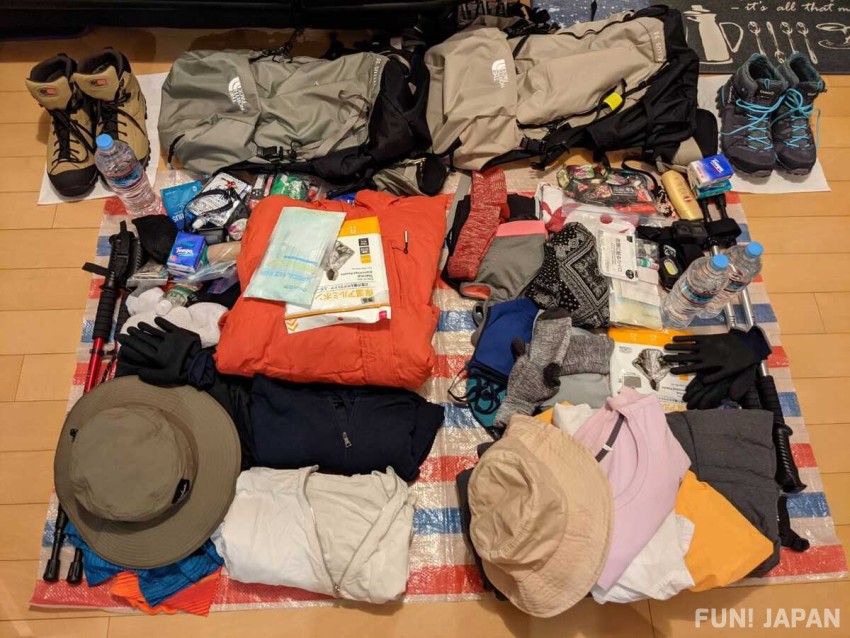
In order to enjoy climbing Mount Fuji safely and comfortably, it is important to plan your climb and manage your physical condition before climbing, as well as to prepare your equipment in advance. Depending on the climbing route, there are services near the trailhead that offer rental of climbing wear and shoes, which can eliminate the need to carry heavy luggage and make climbing more enjoyable.
Appropriate Clothing for Climbing
- Climbing shoes (non-slip and protective)
- Quick-drying shirt
- Waterproof jacket
- Down jacket or fleece jacket
- Rainwear
- Hat
- Gloves (for cold and rock protection)
- Climbing socks (to prevent blisters and keep warm)
Equipment that Makes Climbing Easier and Useful
- Climbing backpack
- Trekking poles
- Headlamp (essential for night and early morning climbing)
- Water bottle or hydration system
- Waterproof cover
- Sunglasses
- Sunscreen (for strong UV rays at high altitudes)
- Map for climbing
Other Items to Bring
- Energy bars
- Mobile phone and spare battery
- First aid kit
- Towel (for wiping sweat or treating sudden injuries)
- Cash (for payments at mountain huts)
- Garbage bag
- Wet wipes
- Pocket tissue for toilet use (toilet paper)
Refer to the list above and prepare for climbing Mount Fuji. Don't forget to check all the necessary items and enjoy a safe and fun climb.


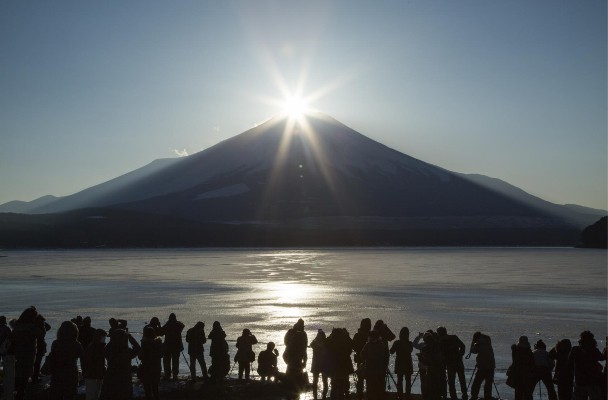


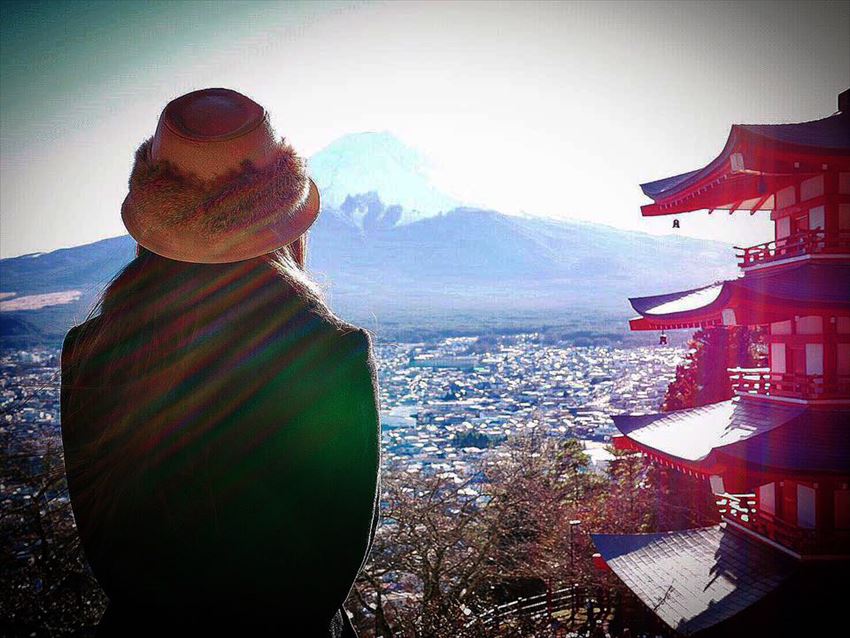

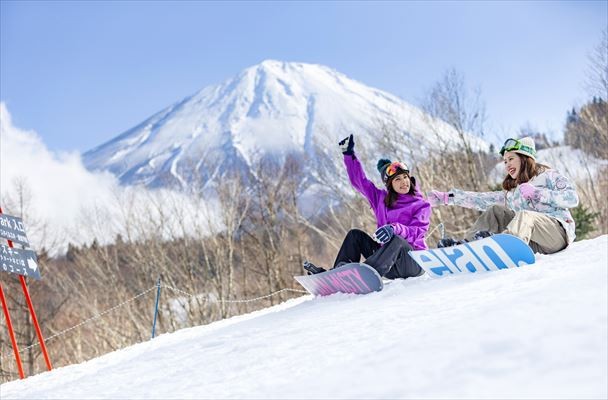
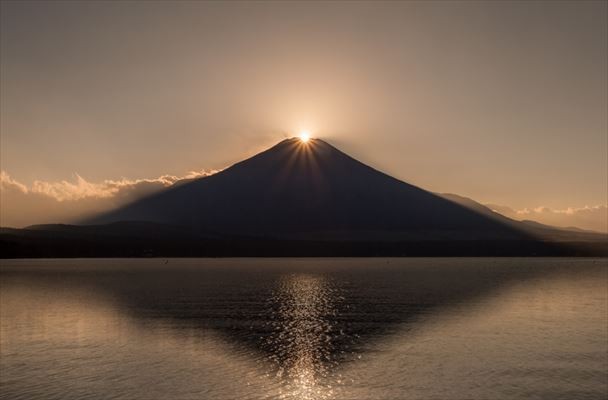
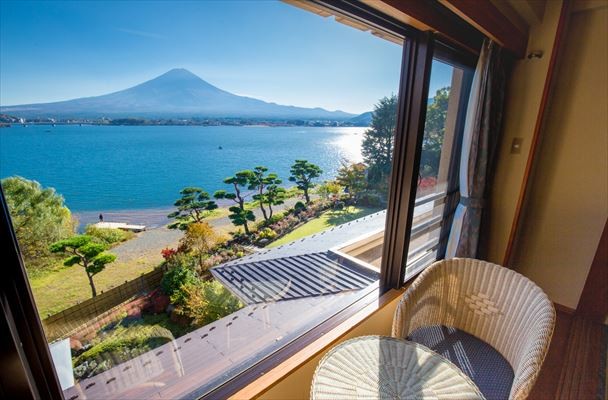
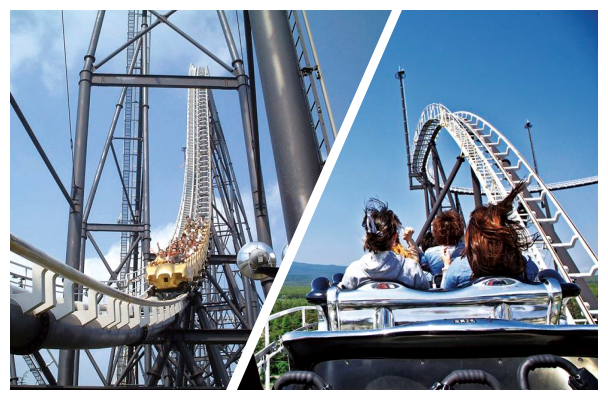
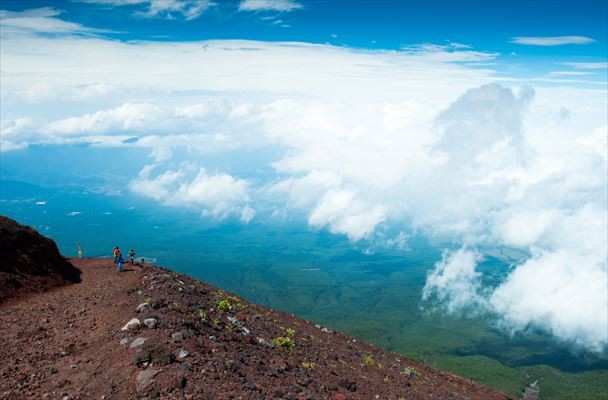
Comments